
Case Study: Schemer
Freshly graduated film students Loes Wenemoser and Paulina Kaschke about Schemer.
Geplaatst op 28 juni 2020It is the year 2034. Fear has triumphed over humanity. The new world is quiet, rough, deserted. After the fall of the society as we know it, distrust is the new, unspoken way of life… It's each for himself. Two characters make their way through this world, who, despite everything, are trying to make the best of their lives…
"This concept of personified fear inspired us to write a fairytale-like story about a shadowy creature that represents the fear of its owner."
Questioning current events
"Before we delve into the depths of our project, let us introduce ourselves! We are Paulina Kaschke and Loes Wenemoser, graduation students at Maastricht Academy of Media Design and Technology. We have known each other for ages - so even our teachers weren’t too surprised when we told them that we absolutely had to work together on our graduation project."
"When we first started this project, we only had a rough idea of what it would be about. We were certain that we wanted something kind of post-apocalyptic, something dark and gritty - and we knew we wanted to make an animation. We both felt it had to be something that makes the viewer question society regarding current events. Though, as these projects always go, we first had to do lots and lots of research for the accompanying research thesis of our work. We quickly found a recurring theme in both history and current events, but also sociology and storytelling: Fear. Fear is that sticky layer between everything we found during our research, so that concept is what we went with."
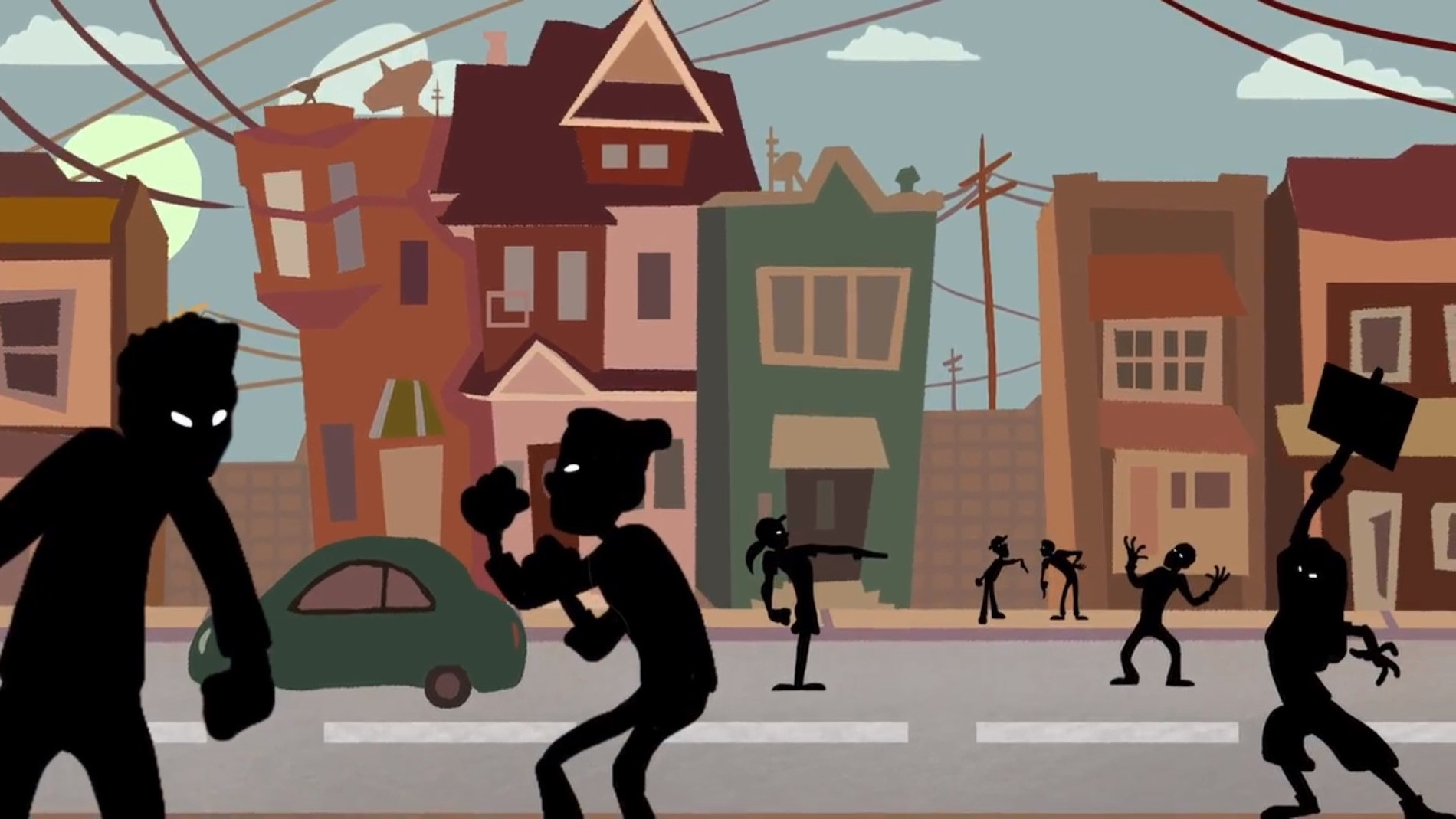
A fairytale about personified fear
"The story would come to us quite quickly after this first idea. One evening, we were watching Locke & Key on Netflix. One of the characters had found a key that enabled her to enter her own mind as if it was a room. In there, she encountered the personification of her own fear. Later in the episode she went back into her mind room and killed her own fear. This concept of personified fear inspired us to write a fairytale-like story about a shadowy creature that represents the fear of its owner. When someone is afraid, the creature will hiss and grow and get more and more spikey - all that to protect his person."
"Coming back to the fairytale-like concept: during our research we found out that bedtime stories and fairytales play an early role in shaping one's fearfulness later in life. So we decided to give our animation the look and feel of a fairytale-like story that one would tell ones child. We came up with this father daughter duo who live in a world in which fear has conquered mankind. The father used to live in the world as we know it, but that society has long since vanished and all the kid knows are her father and the quiet, deserted world that surrounds them."
"With the concept all set, Loes wrote the script. A father and his daughter sit by a fire, where he tells her the story of the shadow creatures and how we scared them so much that they eventually took over their hosts - a fairytale that takes a dark turn."
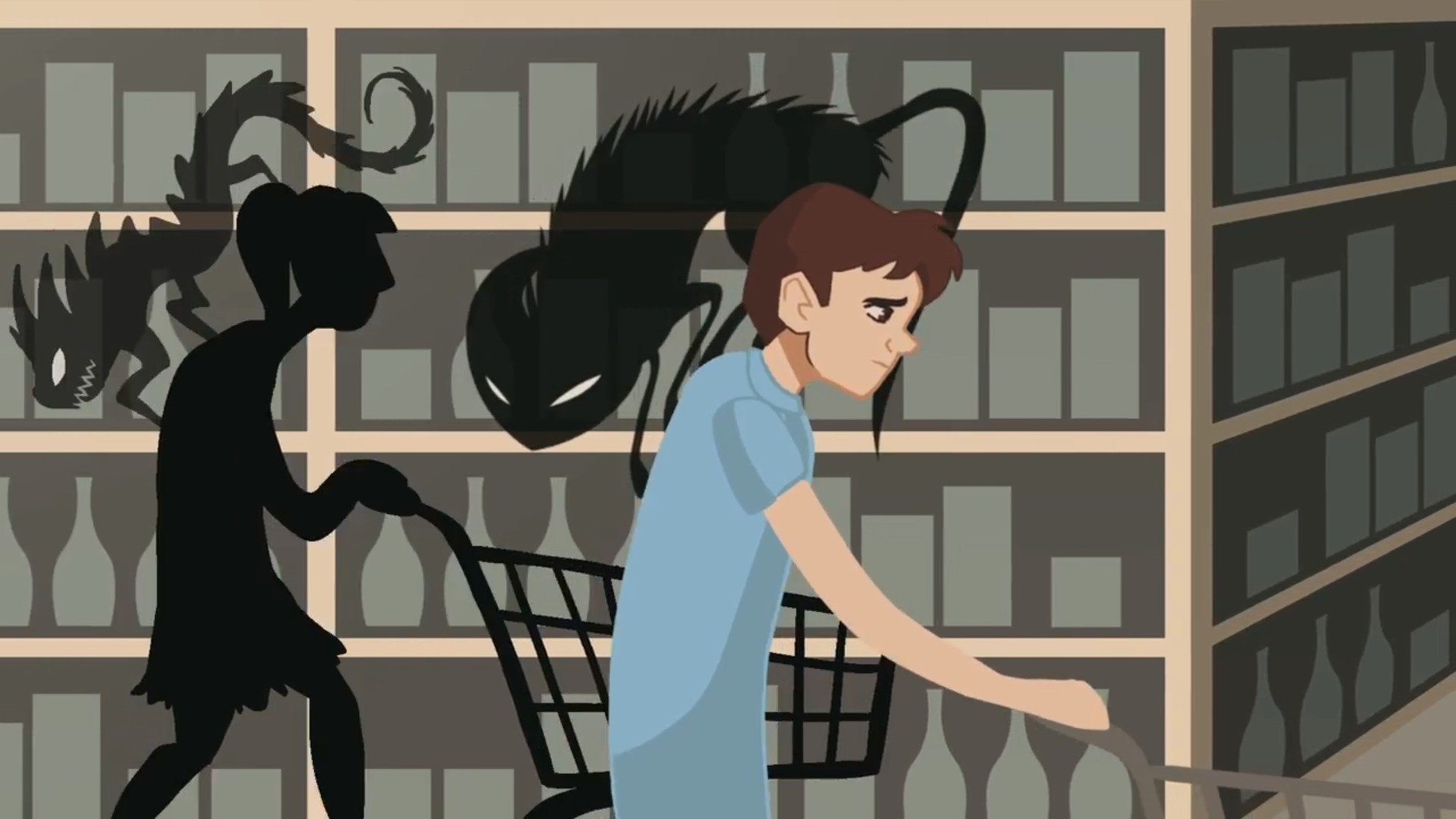
Troubling, fearful circumstances
"We started the entire process in december 2019 and we started animating in april 2020. During that time our real world started growing more and more fearful. A deadly virus known by the name COVID-19 was discovered and was now spreading its tandrels all across the world. This caused some issues in our process. We could no longer meet up with our teachers - nor with each other, for that matter. Filming was prohibited until further notice. Although we had wanted to make an animation from the beginning, we had originally planned to actually film the first and the last scenes as we had wanted to make a clear distinction between the 'real world' and the 'fairytale world' in which the real world would be live action and the fairytale part would be animated. So… That didn't happen. At the end of the pre-production phase we decided our project would become a full-blown animation."
"Meanwhile Loes was in contact with Paulina's neighbor Luc and his daughter Emilia who we asked to do the voice acting. Luc is a professional singer and conductor so he knows how to use his voice. His daughter Emilia is 8 years old and has experience with acting and singing as well. Together they made a charming pair to carry the story with their voices. Due to the pandemic, we could not meet up with them to record the voice over. However - Luc turned out to have an actual recording studio at home! He recorded the voice over with Emilia in his own studio and sent it to us."
"So, we didn't have to meet up with them for the audio - but we still had to get some reference pictures of our actors because we did want our characters to look like them. So Paulina and her partner (who happens to be a bombass cinematographer) paid them a visit and shot some reference pictures in their backyard - all while keeping a safe distance of 1,5 meters, of course. After that, they also went out to take some reference pictures at the Brunsummerheide - a beautiful moor in South Limburg, that has always given us the dystopian vibes that we very much needed in our film."
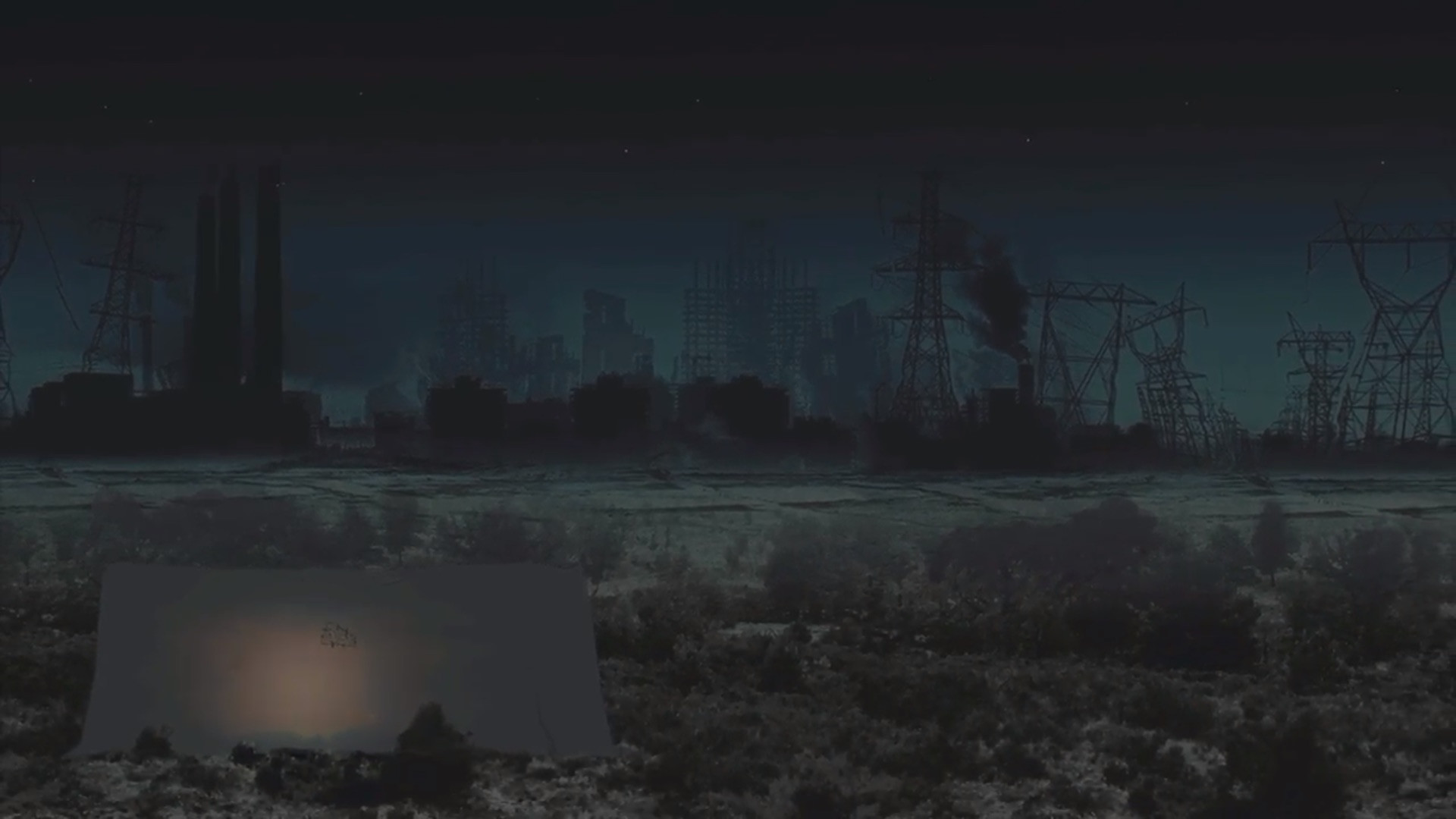
Creative solutions
"Initially, Loes had taken on the producer side of the entire process - but that was before the virus struck and messed with almost every single plan we had. So... yeah. She could not really arrange those shoot days because there were none… and making a planning only gets you so far. So, just like Paulina, she got her pencils out and started drawing. We decided that it would be counterproductive if she worked on the same drawings as Paulina because there would definitely be a breach of style. But this was something we turned into our advantage! Since we wanted to have a distinct difference between the two parts of the film we decided that Loes would draw and animate the 'real world', while Paulina would create the 'fairytale world'."
"The animation process for Paulina turned out to be equally meditative as it was stressful. Going into it, the stress level was high because of the impending deadline. But once she had a few frames drawn she went into this void of drawing frame after frame after frame. Listening to podcasts helped her stay sane after the many hours of staring at her screen."
"One of our very last decisions in this process would be the name of this project. We went through a couple of iterations, including The Tale of the Shadow Creatures, FEAR (F*ck Everything And Run!), Fear Monsters, and many others - but in the end we stuck with Schemer, which translates to the English 'Dusk' (or… something else, but we aren’t up for the copyright issues that would ensue from that option). Schemer stands for many things. For one, it tells you something about the time of day shown in our film. This is of course also the time of day when shadows come out - primetime for our shadowy creatures, so to say. On a deeper level, however, Schemer also depicts the entire setting of the film: the dusk of humanity."
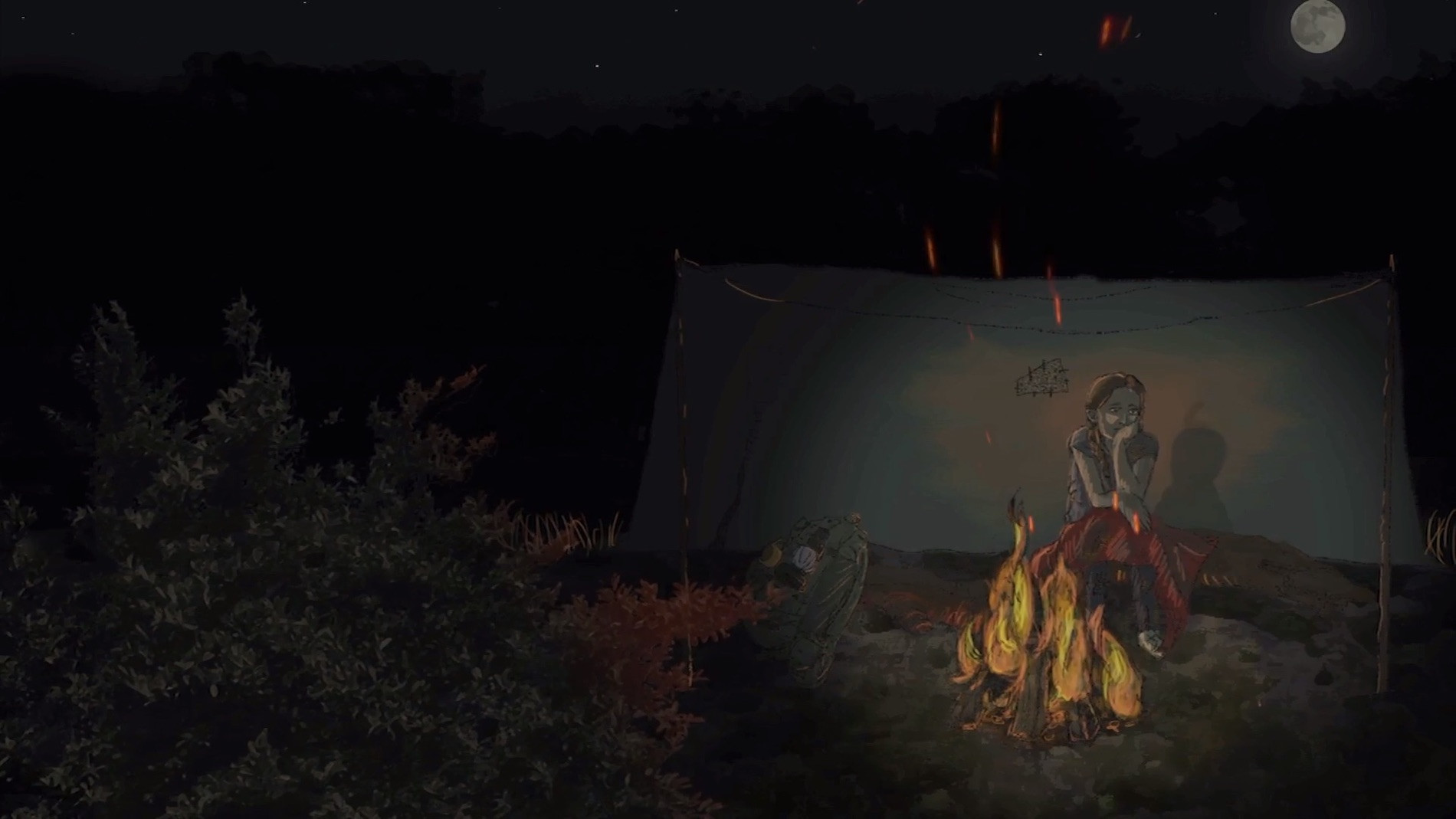
Working with what you got
"Philosophical ponderings aside - let's talk money! We went into the matter without any calculation for a budget. We knew we didn't have to rent any equipment or location because we were making an animation - and even if we did end up needing equipment, we could always use the Academy’s for free. We also did not need any crew members, transportation or catering. What we did need was music: but that was soon solved. We just went ahead and nicely asked a SoundCloud artist if we could use one of his songs that perfectly reflected the atmosphere of our film, which he gladly agreed on. So in the end, this entire project only cost us lots of stress, many detours due to a worldwide pandemic, some sleepless nights and a few bucks for gas."
"Our conclusion after all this? Work with what you got. You don't need endless amounts of money to tell a story. You don't need the best equipment, the biggest render files or the most experienced actors. You don't need music specially composed for your project. You don't need a huge crew. You don't even need to leave your house. If you have a great story to tell, focus on that. Focus on what you do have and how you can use it as a tool to tell your story. Despite a pandemic, no budget and no crew, we still managed to get our story across. That has got to count for something."
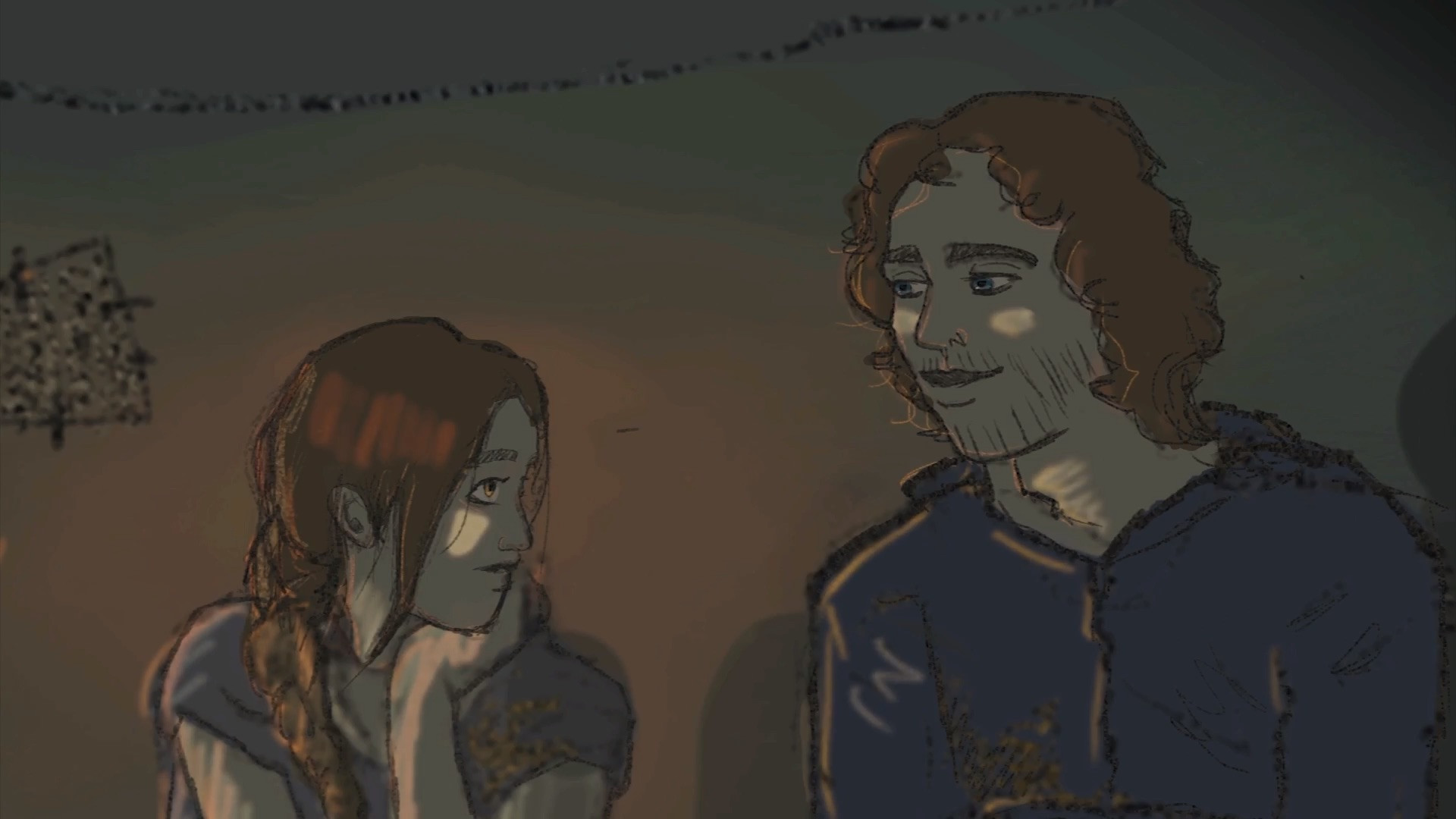
(c) All visual material is used with the filmmakers' permission.